Material matters
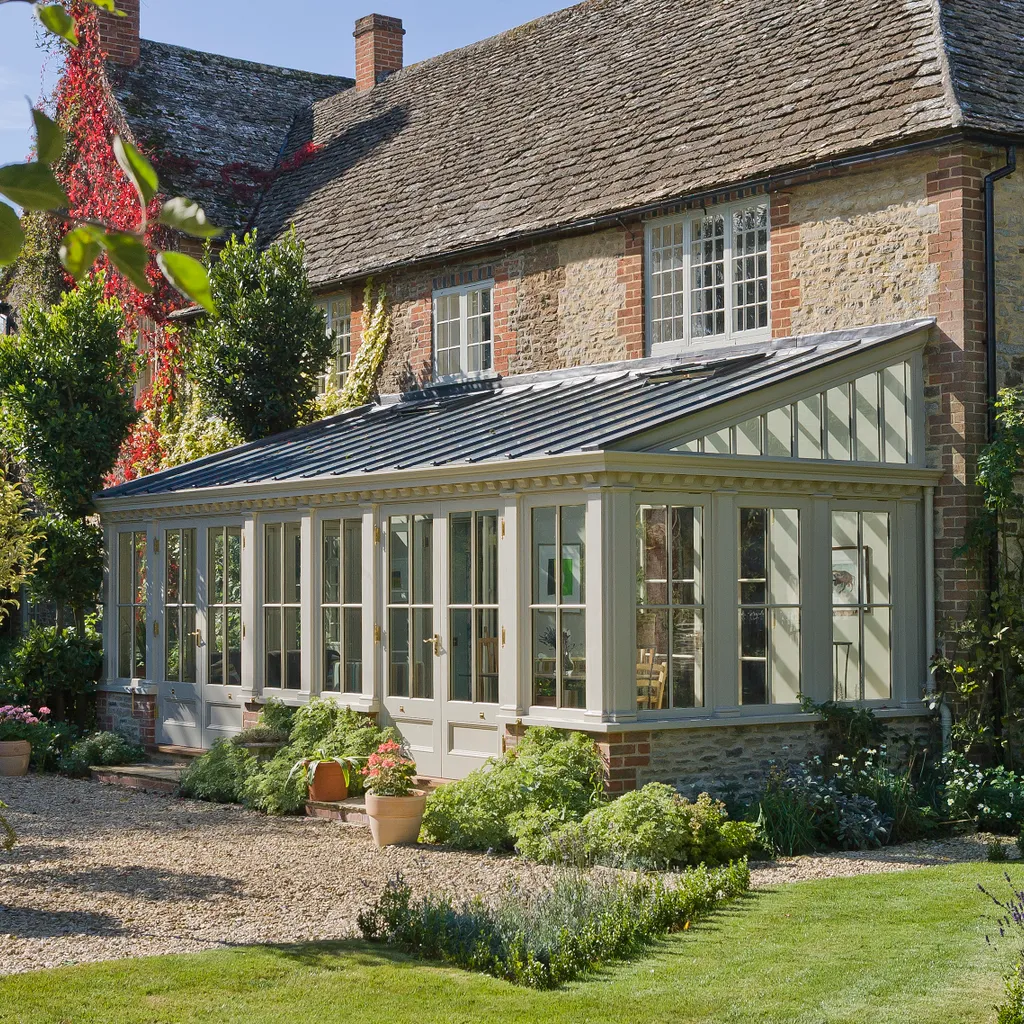
The materials most often used for garden rooms are uPVC, metal and timber and each has advantages and drawbacks. The affordable option is uPVC – it’s brilliantly low maintenance but the design options are limited. At the high end of the price range there are aluminium and steel-framed garden rooms. The strength of the metal allows for a slimmer framework and powder-coated finishes give long-term protection against the weather. As a garden room building material, timber has beauty and strength but it must be properly maintained to keep it in good condition.
Floor tiles

Flooring that’s easy to clean and can stand up to heavy wear is wise in a garden room, which can be a busy through route. Hard materials like stone, ceramic, encaustic and porcelain tiles all meet the criteria and some can be used in and out, so you can extend the flooring onto the terrace. Laminated, vinyl and engineered wood are attractive and sometimes more affordable choices and, like stone and tiles, can be used with underfloor heating.
You might also like greenhouse vs conservatory: which should you choose?
Garden room furniture
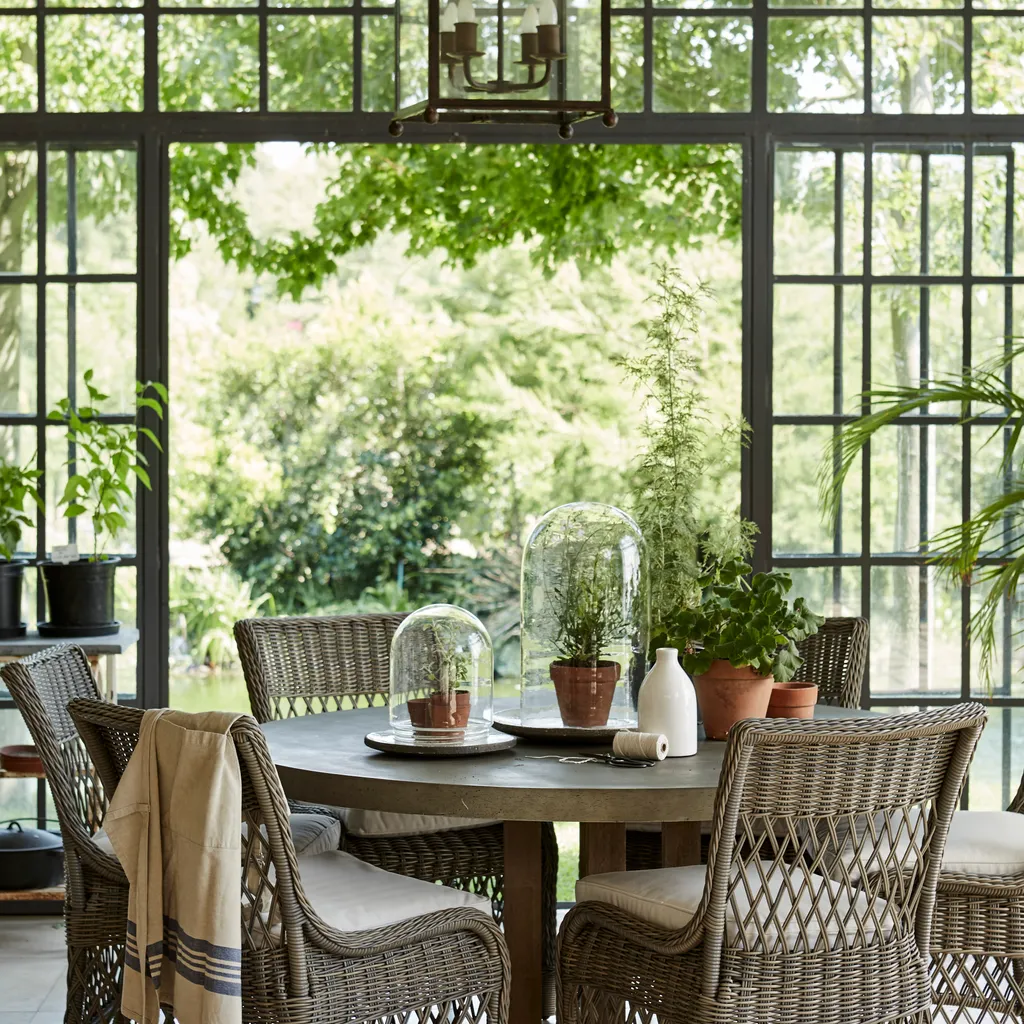
Base your choice of garden room furniture on how you’ll use the area, as well as how you want it to look. If it’s to be a family room, make sure there’s plenty of seating but choose shapes that won’t crowd the space. Sofas and chairs with legs have a light and airy look and upholstery in pale, neutral colours will be slow to show fading. For a conservatory feel, rattan furniture is a versatile option. Available in classic and mid-century designs, it’s resistant to sunlight and can be used inside and out, though natural rattan – new and antique – must be brought indoors in wet weather.
Choose your windows carefully
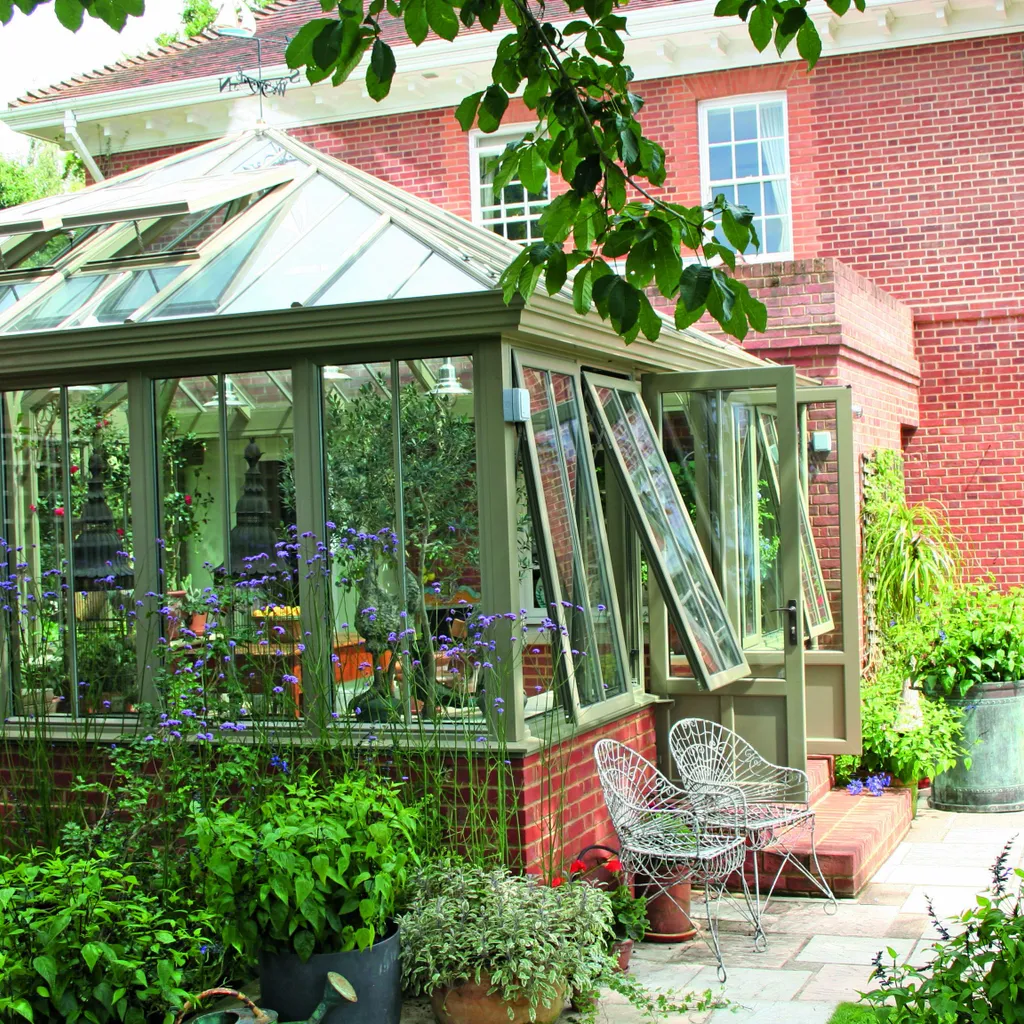
Glass makes up the largest part of a garden room and developments in technology mean the space can be used all year round. Double glazing and energy-saving low emissivity (Low-E) glass are the minimum requirements to keep the interior cool in summer and prevent excessive heat loss in winter. Using argon gas-filled double-glazed units or triple glazing will increase thermal efficiency further. Tinted or metal-coated solar-control glass will help protect against glare and strong sunlight, while self-cleaning glass makes exterior care easier.
Garden room blinds
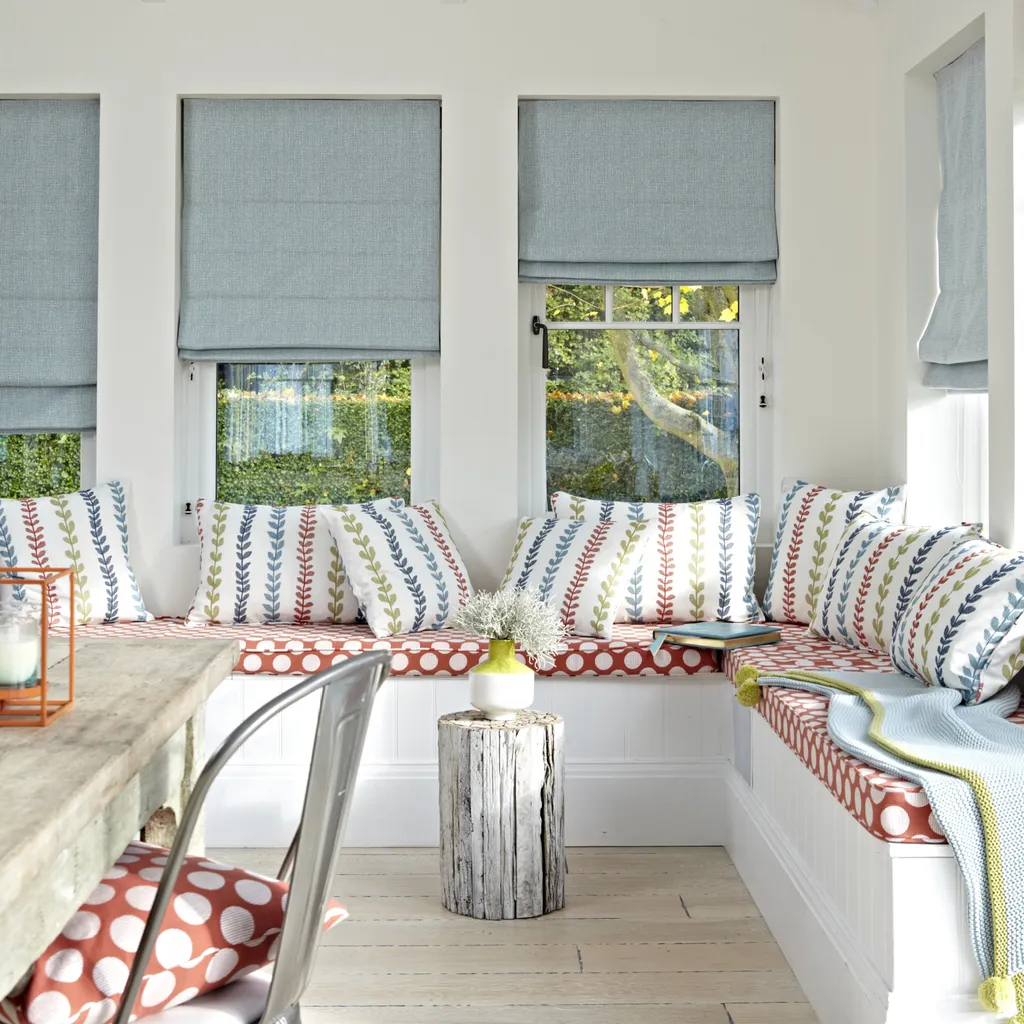
When you need relief from glare on sunny days or want to hide the darkened windows at night, blinds are the ideal solution. They cover the glass, add colour to your scheme and fold neatly into pleats when not in use.
You might also like how to buy salvaged garden antiques
Include house plants

Orangeries were built in Britain in the 17th century so citrus trees could survive in our climate. ‘Citrus trees like very bright conditions, which is why they are good plants for a conservatory,’ says Andrew Kyte of The Chelsea Gardener.
Consider your lighting
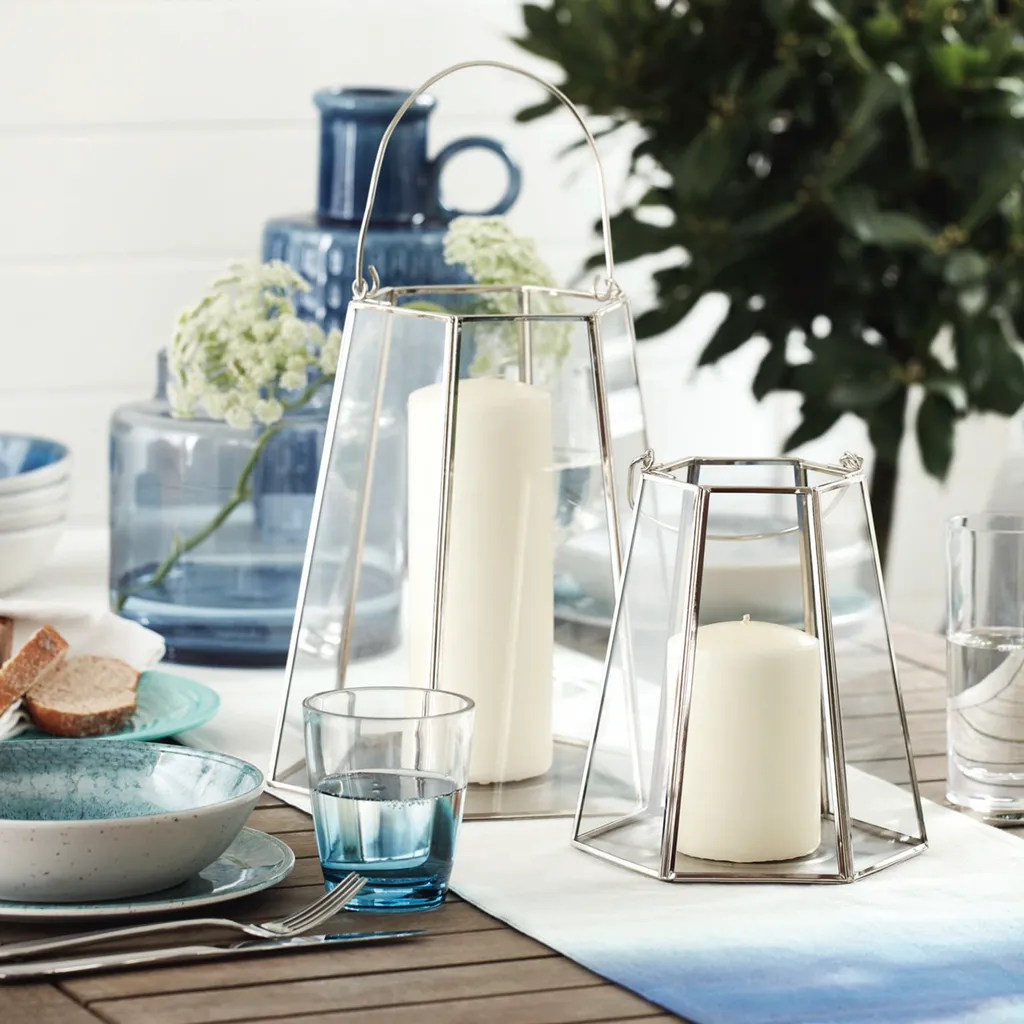
After dark, conservatories need light to bring them to life. Wall lights will highlight brickwork and other textured surfaces, table lamps create a cosy glow and decorative lanterns and candles on the dinner table add a magical touch.
Think about how you will use the space

No longer regarded as a summer room or even one that’s used only on sunny days, conservatories and orangeries are home extensions designed for everyday living. Use yours as a dining area, playroom, study or art studio – there are few limits. Some are so well integrated that, like this glass-roofed side extension on a terraced house, they straddle the line between garden room and glass architecture. Light, bright and now with efficient ventilation and solar control, they make spacious kitchen-dining rooms that are enhanced by folding doors that open out to remove any boundary between inside and out.
You might also like best outdoor lights for your garden
Be careful with antiques
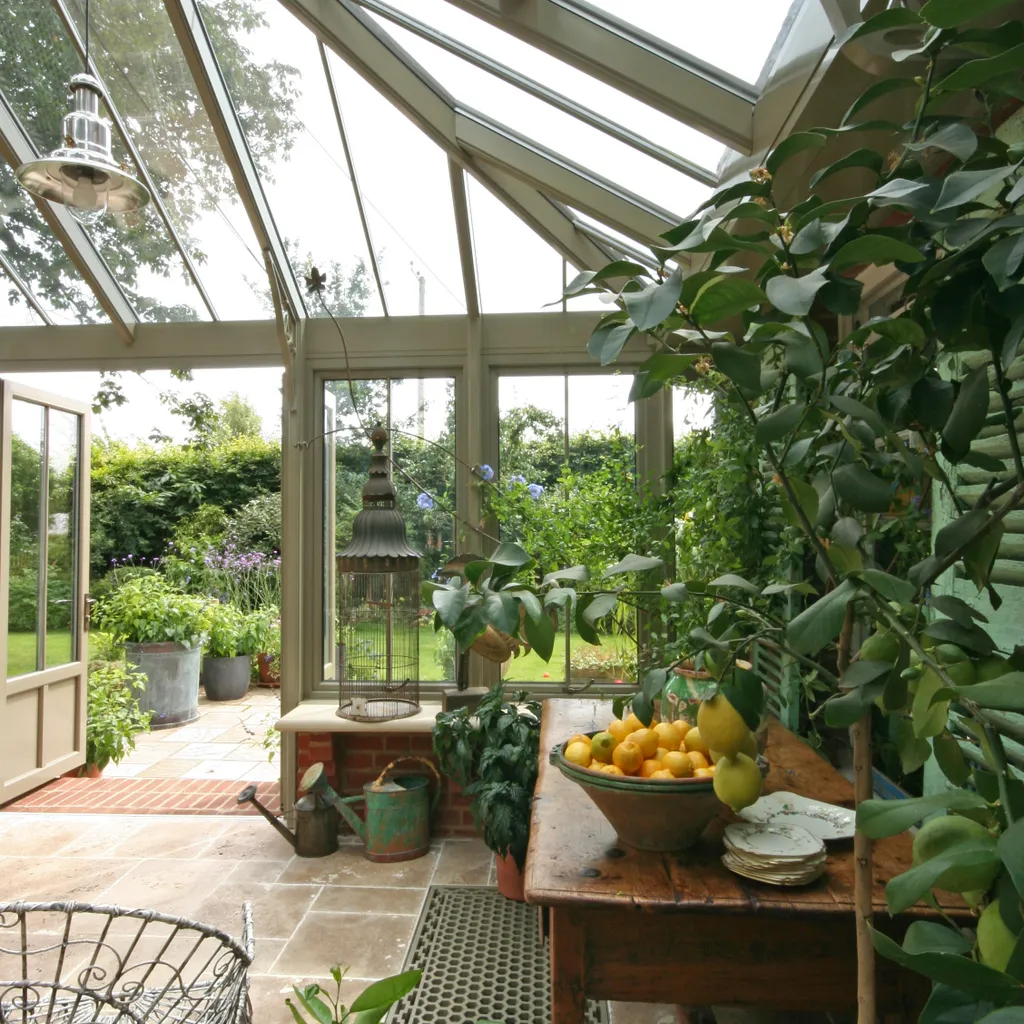
Garden rooms lend themselves to vintage style, but do find a shadier spot in your home for antiques such as fine wood furniture and textiles that could be damaged by the sun. Instead, stick to objects made from less vulnerable materials like stone, glass, iron and terracotta.
Fit roof blinds

When it comes to insulation and solar control, there are conflicting views about the use of tinted glass as it subtly alters the colour of natural light entering from above. An alternative – or additional – solution is to fit roof blinds. These come in a choice of styles including traditional pinoleum, roller, pleated and Duette honeycomb pleated with varying levels of translucency. Some have a reflective coating to enhance solar protection and keep the room cool. All are made to ft the individual panels and can be controlled manually or remotely.
